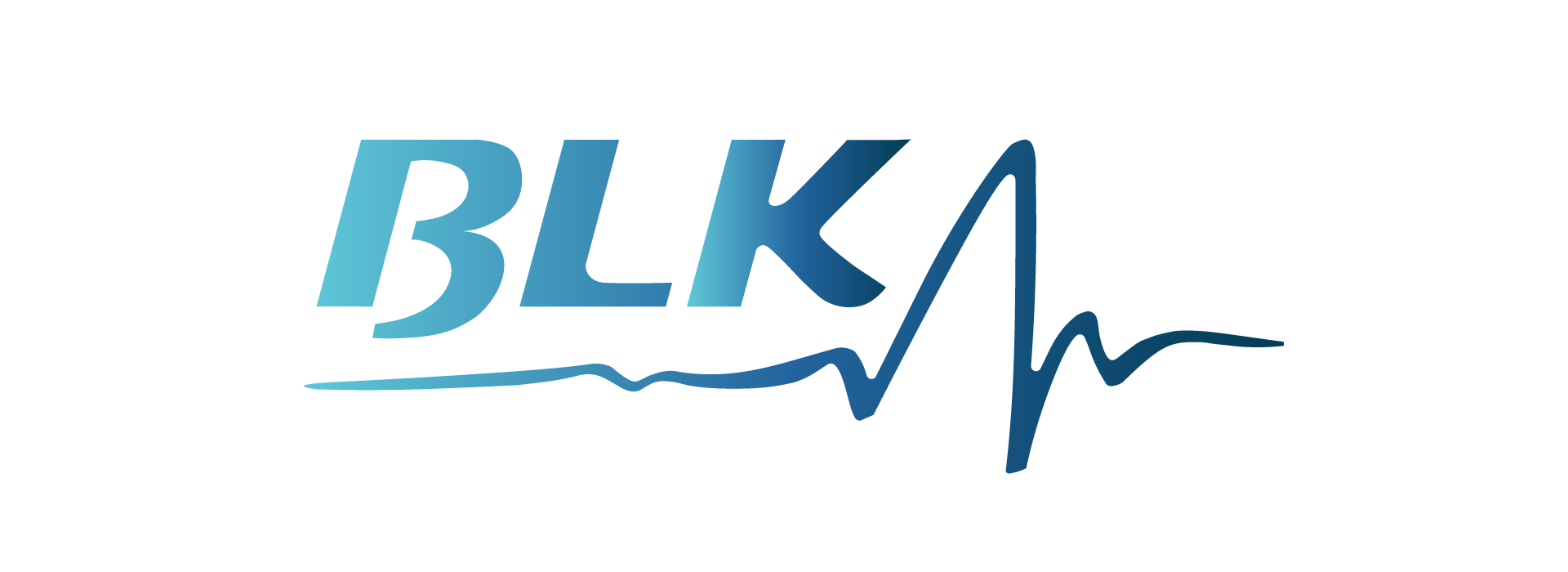Healthcare has become a massive financial burden, not just for individuals but also for governments and insurance companies worldwide. One effective solution to curbing these costs lies in preventive care. But what exactly is preventive care, and how does it contribute to reducing long-term healthcare expenses?
Preventive care focuses on the early detection and management of potential health issues before they become more serious, costly problems. From routine screenings to vaccinations, preventive care aims to reduce the need for expensive treatments down the road.
The Rising Cost of Healthcare
Healthcare expenses are skyrocketing globally. In the United States alone, healthcare spending reached an astronomical $4.8 trillion in 2023, equating to about $14,423 per person. With an aging population, chronic diseases on the rise, and advances in medical technology contributing to expensive treatments, this figure is only set to climb higher.
Chronic conditions such as diabetes, heart disease, and cancer are among the primary drivers of healthcare costs. These diseases often require lifelong management and frequent hospitalizations, which places immense pressure on healthcare systems and patients’ wallets. This is where preventive care comes in: by stopping chronic conditions before they start, we can make a real dent in healthcare spending.
What is Preventive Care?
Preventive care includes a variety of medical services designed to catch health problems early or prevent them from occurring altogether. There are three main types of preventive care:
- Primary prevention aims to stop diseases before they start (think vaccines and health education).
- Secondary prevention focuses on early detection through screenings, which help manage conditions before they worsen.
- Tertiary prevention helps manage existing conditions to prevent complications or further decline.
Routine screenings, immunizations, and lifestyle counseling (such as advice on diet and exercise) are the bread and butter of preventive care. For example, annual flu shots prevent widespread illness, while regular mammograms help detect breast cancer in its early stages, when it is most treatable.
The Link Between Preventive Care and Healthcare Costs
Preventive care and reactive care (treatment after an illness occurs) are two sides of the healthcare coin. But while reactive care focuses on curing existing problems, preventive care aims to stop those problems from developing in the first place. This early intervention reduces the need for more complex—and costly—treatments.
Consider heart disease, for instance. By encouraging patients to adopt healthier eating habits, exercise regularly, and quit smoking, healthcare providers can significantly reduce the risk of heart attacks, which often result in expensive hospital stays and long-term medication use. Similarly, managing high blood pressure through regular check-ups and medication can prevent strokes, another costly medical event.
There are also real-world examples of preventive care leading to substantial savings. A study by the Centers for Disease Control and Prevention (CDC) found that for every dollar spent on childhood vaccines, the healthcare system saves $11. This kind of return on investment highlights the importance of prevention in lowering healthcare costs.
The Impact of Preventive Care on Chronic Diseases
Chronic diseases, including diabetes, heart disease, and obesity, account for the majority of healthcare costs. Preventive measures can significantly reduce the incidence of these conditions, which in turn lessens the financial burden they impose.
For example, diabetes prevention programs that focus on lifestyle interventions—such as weight loss and increased physical activity—can cut the risk of developing type 2 diabetes by more than half. Given the long-term cost of diabetes management (insulin, frequent doctor visits, and hospitalizations), these preventive efforts can lead to substantial savings.
Similarly, heart disease prevention through regular screenings for blood pressure and cholesterol, paired with lifestyle changes, can reduce the likelihood of heart attacks, bypass surgeries, and other costly interventions. Obesity, which is a major risk factor for both diabetes and heart disease, can be addressed with preventive strategies like diet counseling and exercise programs, which can prevent the cascade of health problems associated with excess weight.
The Economic Benefits of Vaccinations and Early Screenings
Vaccinations and screenings are cornerstone examples of how preventive care directly reduces long-term costs. Vaccination programs, particularly for children, are among the most cost-effective healthcare interventions. For instance, childhood vaccines such as the MMR (measles, mumps, and rubella) prevent potentially deadly diseases and reduce the need for costly hospital care.
Similarly, early screenings for cancers like breast and colon cancer can save lives and reduce treatment costs. By catching cancer early, when it’s most treatable, healthcare providers can avoid expensive treatments like chemotherapy and surgery, not to mention the emotional toll on patients and their families.
The Role of Lifestyle Changes in Preventive Care
While medical interventions like vaccinations and screenings are essential, lifestyle changes can also play a huge role in preventive care. Regular physical activity, a healthy diet, and quitting smoking are all behaviors that can dramatically reduce the risk of developing chronic diseases, which in turn lowers healthcare costs.
Programs aimed at encouraging these lifestyle changes, such as smoking cessation programs, have shown significant cost savings. For example, tobacco use is responsible for hundreds of billions in healthcare costs annually in the U.S., but quitting smoking can drastically reduce the risk of lung cancer, heart disease, and other illnesses, leading to both health improvements and financial savings.
Barriers to Preventive Care Access
Unfortunately, not everyone has equal access to preventive care. Socioeconomic factors play a significant role in limiting access, particularly for underserved populations. People without insurance or with inadequate coverage may skip preventive services because they can’t afford the upfront costs. Additionally, a lack of awareness about the importance of preventive care means many people don’t take advantage of the services available to them.
Policy and Government Initiatives Supporting Preventive Care
The Affordable Care Act (ACA) took important steps in emphasizing preventive care, requiring most insurance plans to cover services like vaccinations and screenings at no cost to patients. Government campaigns, both at the federal and state levels, also promote healthier living through initiatives aimed at reducing smoking, encouraging physical activity, and improving diets.
Preventive care is an essential piece of the puzzle when it comes to reducing long-term healthcare costs. By focusing on early detection and lifestyle changes, we can prevent many of the chronic diseases that drive up healthcare spending. Both individuals and policymakers have a role to play in prioritizing preventive care, ensuring that everyone has access to the medical services they need to stay healthy and avoid costly treatments down the road.
FAQs
What are the most important types of preventive care?
The most important types include vaccinations, regular screenings for cancer and other diseases, and lifestyle counseling (such as advice on diet and exercise).
How does preventive care save money in the long run?
Preventive care saves money by catching health issues early or preventing them altogether, reducing the need for more expensive treatments down the road.
What are the barriers to accessing preventive care?
Barriers include socioeconomic factors like lack of insurance or inadequate coverage, as well as a lack of awareness or education about the importance of preventive care.




